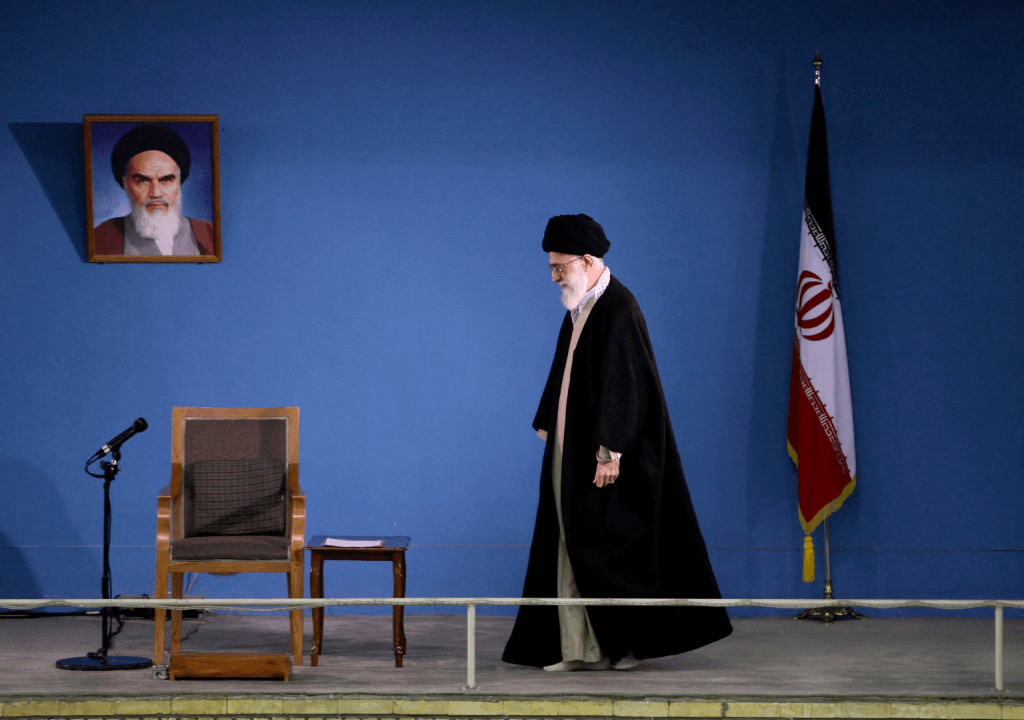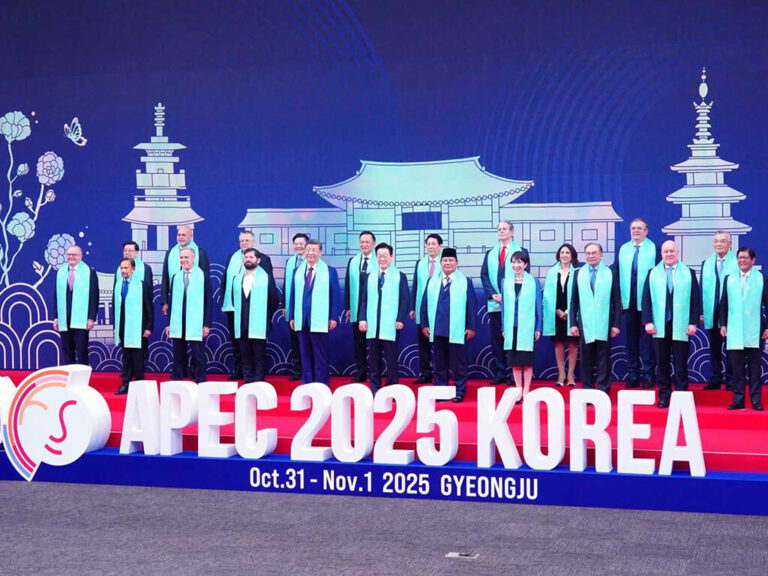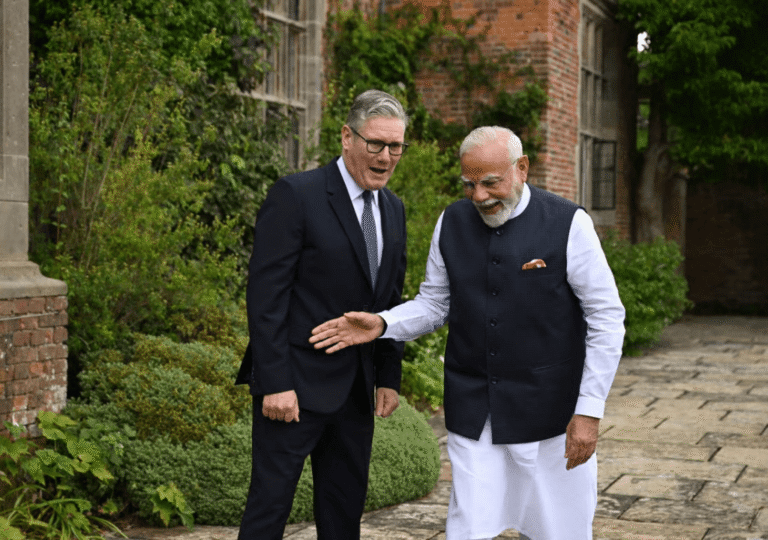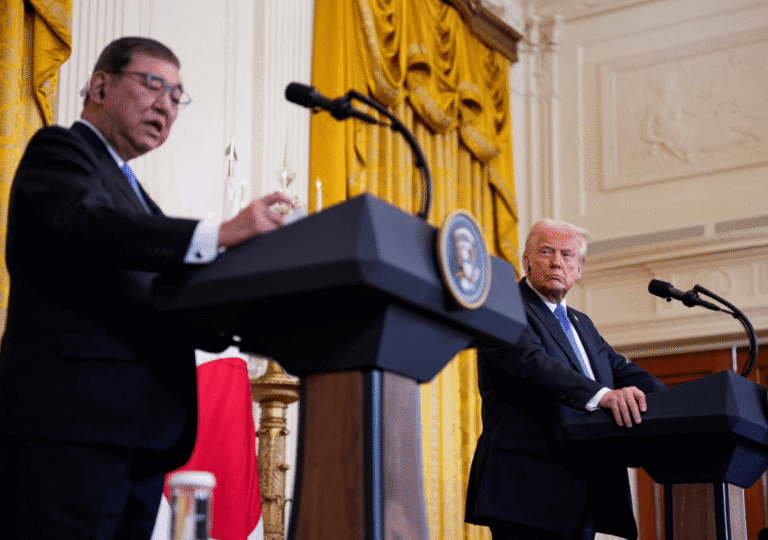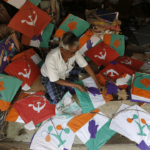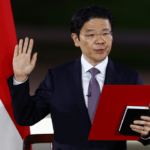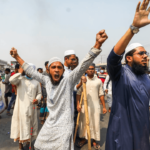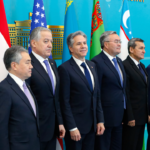Economic sanctions have become the most powerful weapon of the 21st century, replacing traditional warfare as real weapons now carry the risk of turning the earth to ashes. In this new battlefield, the United States—armed with the world’s most dominant economy—stands as the undisputed superpower. And now, at the helm, is a leader who wields this weapon with precision: Donald Trump. His primary target? The Islamic Republic of Iran.
Iran was dealt a severe blow last year, losing one of its most hardline presidents in a helicopter crash while simultaneously watching its influence erode in key regional strongholds like Syria and Lebanon. Meanwhile, internal fractures have deepened, particularly among the youth, who are increasingly torn between their Muslim and Persian identities—some even questioning the future of the Islamic Republic itself.
Now, Iran appears more vulnerable than ever as Trump escalates pressure, determined to punish Tehran while strengthening alliances with its regional adversaries, Israel and Saudi Arabia. These three powers have expanded their influence and remain unwavering in their effort to dismantle pro-Iranian groups in Yemen and Iraq.
With mounting internal unrest and relentless external pressure, Iran is at a crossroads: is it losing its foothold in the region? As Trump and Khamenei lock horns, their hardline stances are pushing the U.S. and Iran ever closer to a collision course—one that may redefine the balance of power in the Middle East.
Europe, once a key diplomatic bridge between Iran and the US, finds itself increasingly sidelined as Trump reasserts his dominance on the global stage. Having maintained dialogue with Tehran even after Trump abandoned negotiations in his last term, Europe is now losing its leverage in international politics. With Washington tightening its grip, Tehran sees little prospect for renewed discussions or a return to the nuclear agreement.
In response to Trump’s mounting pressure, Supreme Leader Ayatollah Ali Khamenei has adopted an increasingly defiant tone. During a visit to a defense exhibition in Tehran on Wednesday, he urged the Iranian government to further expand its military capabilities. “Progress cannot be stopped,” he declared, warning against complacency. In a pointed message to adversaries, he added, “Today, our defensive power is well-known. Our enemies fear it.”
But in reality, Trump’s diplomatic overtures toward Khamenei, coupled with his administration’s relentless “maximum pressure” campaign, have considerably eroded the Supreme Leader’s standing. In recent weeks, several senior Iranian officials have shown a growing openness to direct negotiations with Washington. Khamenei’s firm opposition to reviving U.S.-Iran nuclear talks seems less about ideology and more about his weakening grip—both within Iran and across the region.
Nowadays, Khamenei’s primary concern is not foreign threats but the potential for domestic upheaval. His greatest fear is that Iran’s disillusioned silent majority could exploit the pressure from U.S. sanctions as an opportunity to rise against his leadership. His persistent anti-U.S. rhetoric is not merely an act of defiance—it is a strategic attempt to channel public frustration outward, portraying Washington as the root cause of Iran’s struggles to consolidate support.
The regime believes that any conflict with the U.S. could serve as a rallying point, uniting the nation against an external enemy and preserving the Islamic Republic’s grip on power. However, with the Trump administration unlikely to pursue a large-scale military confrontation, the weight of economic hardship caused by sanctions may fall directly on the regime. As living conditions deteriorate, more Iranians may begin to see the Supreme Leader—not Washington—as the true source of their suffering, further destabilizing the country.
Iran finds itself at one of its most precarious moments. Once the backbone of the Islamic regime, the country’s lower and middle-income groups are growing increasingly disillusioned as economic pressures mount. Tougher sanctions imposed by Trump will almost certainly deepen the strain, fueling public frustration and resentment. Simultaneously, a rising sense of Persian identity over Muslim identity—especially among the Iranian diaspora in the West—signals a broader ideological shift. Clashes between young Iranians and pro-Palestinian activists in Western cities highlight this evolving divide.
Inside Iran, protests against both the regime and Islam itself are becoming more frequent, despite the significant risks. As economic conditions worsen, dissent is likely to intensify, further destabilizing the country. Ethnic minority groups, already restless, could take advantage of the weakening central authority to assert greater control. Given this mounting pressure, Iran may have little choice but to consider diplomacy.
However, the regime remains reluctant to reopen talks with the U.S., fearing that any negotiations would require sweeping concessions to Trump on key issues. Yet, if economic engagement were to ease public hardship, the government might see it as a temporary lifeline—buying time to navigate the crisis and maintain its hold on power.
If Trump escalates pressure further by tightening restrictions on Russia and India—two of Iran’s crucial economic partners—the Islamic Republic’s survival will become even more uncertain. As economic conditions deteriorate, the Iranian people, faced with worsening hardship, may ultimately decide to take matters into their own hands—just as they have in the past.

